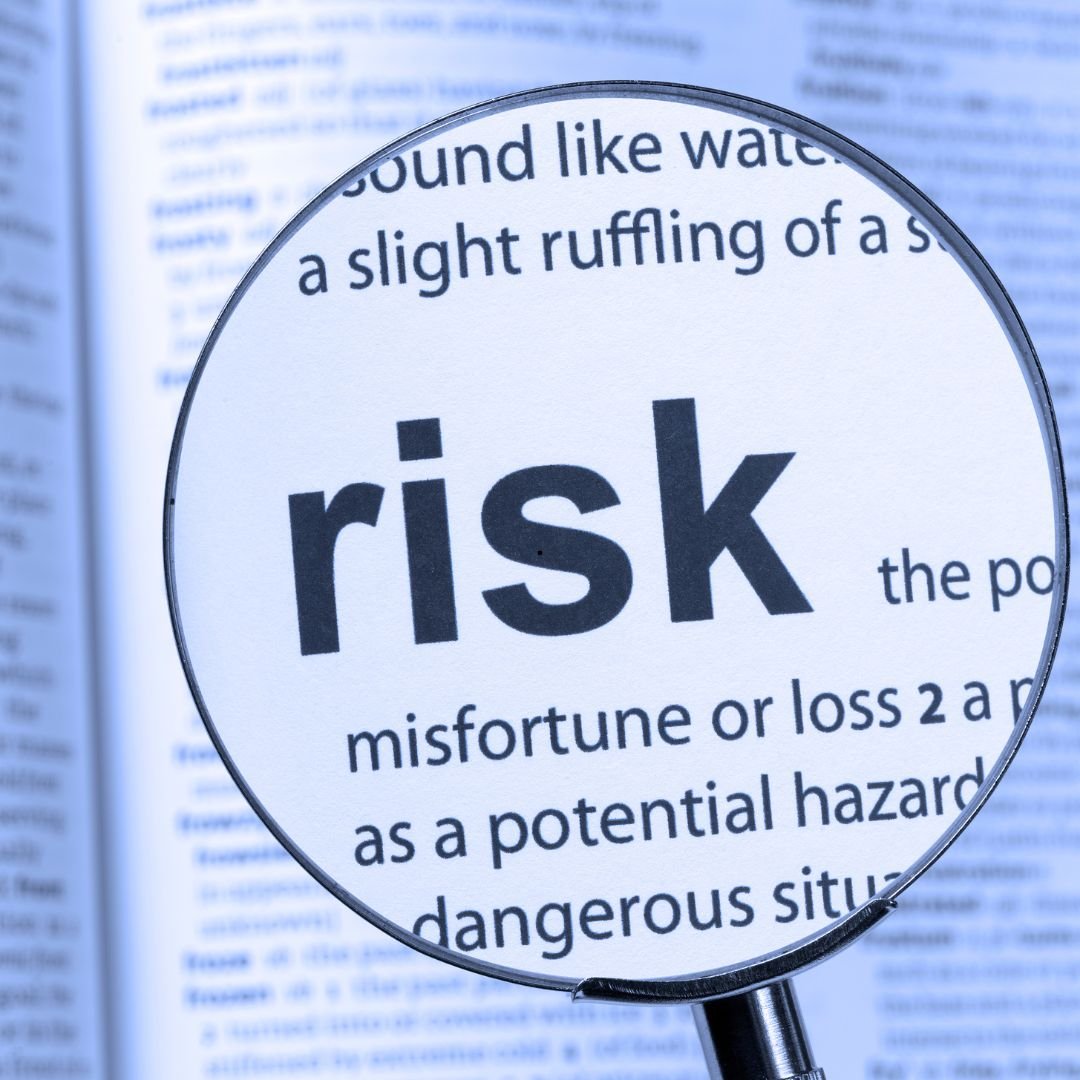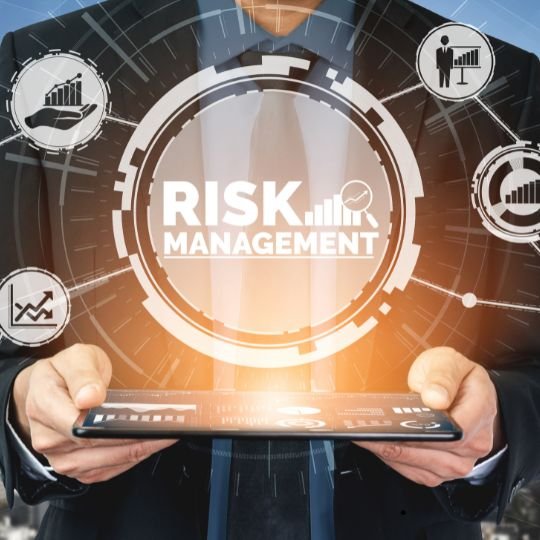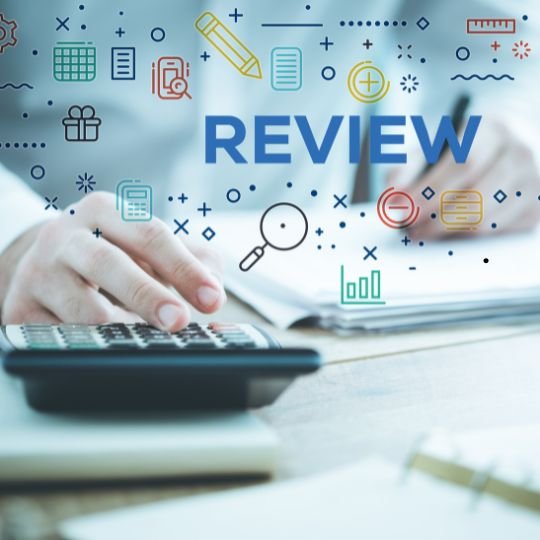
Why Risk Assessments Matter
Identify, evaluate, and mitigate money laundering and terrorism financing risks. Ensure legal compliance and protect your reputation.

Identify, evaluate, and mitigate money laundering and terrorism financing risks. Ensure legal compliance and protect your reputation.

Uncover vulnerabilities in products, customers, services, and regions.

Prioritize based on severity and likelihood to address key threats.

Apply targeted AML/CFT policies, procedures, and safeguards.

Regularly update controls to align with evolving risks and regulations.

Review key business areas—customers, products, locations.
Gather information from transactions, clients, and external reports.
Evaluate risks using relevant models and industry data.
Examine existing AML/CFT measures and identify any gaps.
Highlight weak areas in the compliance framework.
Design an action plan to strengthen and correct weaknesses.
Recent fines due to poor AML/CFT risk management:
We tailor risk assessments to your operations and compliance goals—ensuring you stay protected and compliant.
Book a Consultation